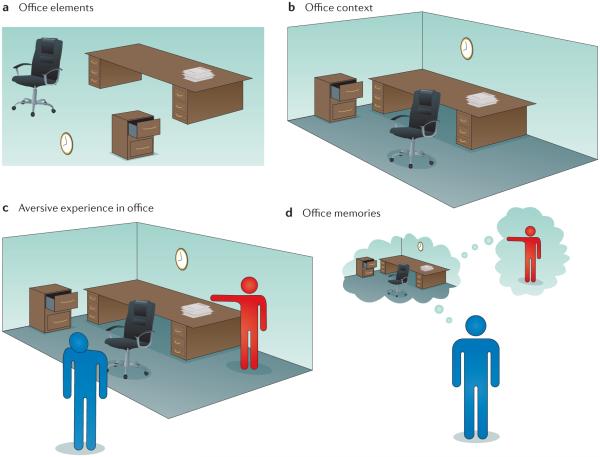Figure 1. Stimulus elements, context and memory.
Contexts are complex and multimodal representation that are formed by binding constituent elements into a unified representation. This figure illustrates the typical stimulus elements found in an office context and how these elements and their context might set the occasion for an aversive experience (such as getting fired) in that office. a,b | A complete representation of an office space might include not only the unique items found in an office, such as a clock, filing cabinet and desk (part a) but also the unique space in which those items are found (an office at work) and the conjunctive representation of those items in that context, such as the position of the filing cabinet, the clock on the wall next to the desk, and so on (part b). c | After they are encoded, context representations can themselves come to be associated with an event, such as getting fired in the office. d | In this case, memories of the office might come to provoke stress and anxiety by virtue of its association with a disgruntled boss and the circumstances around losing a job — indeed, the aversive memory associated with losing a job might generalize to any office-like setting.

